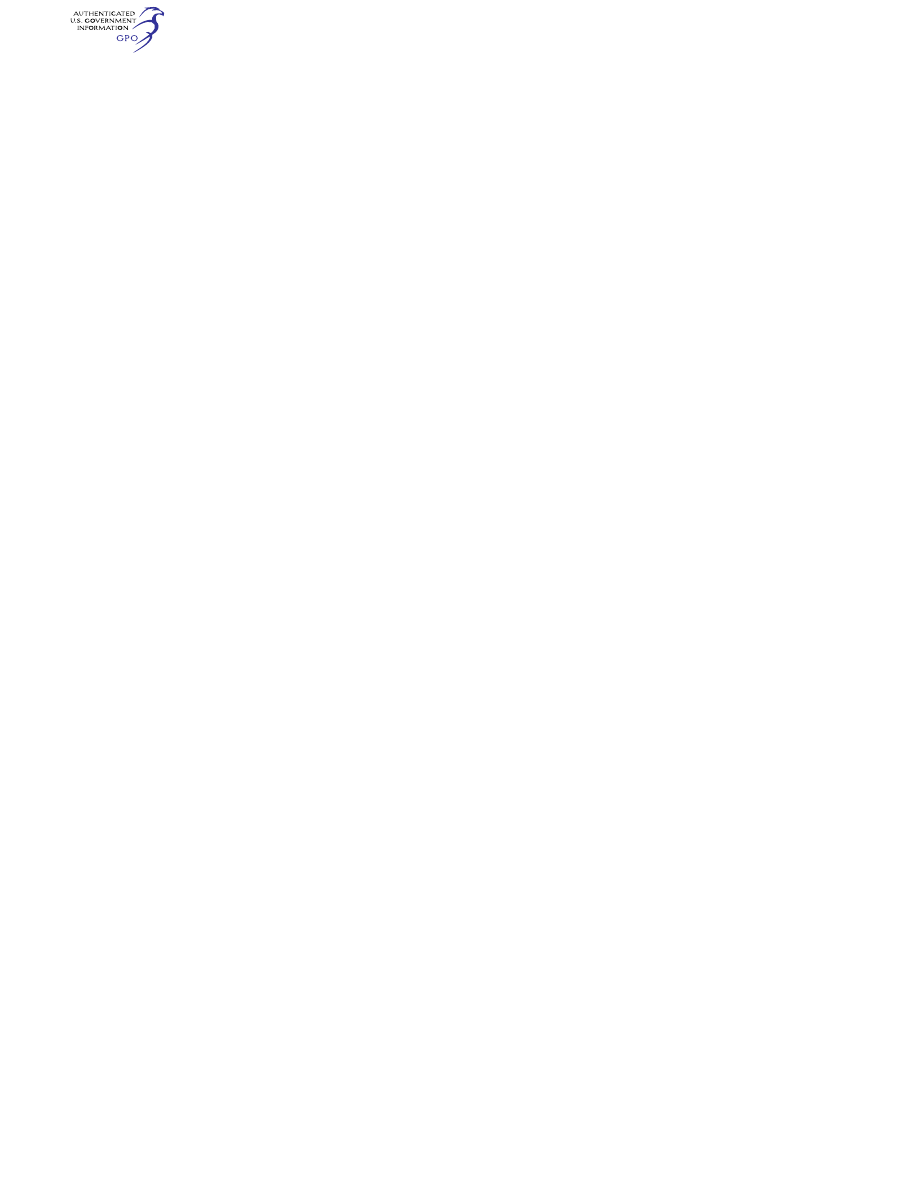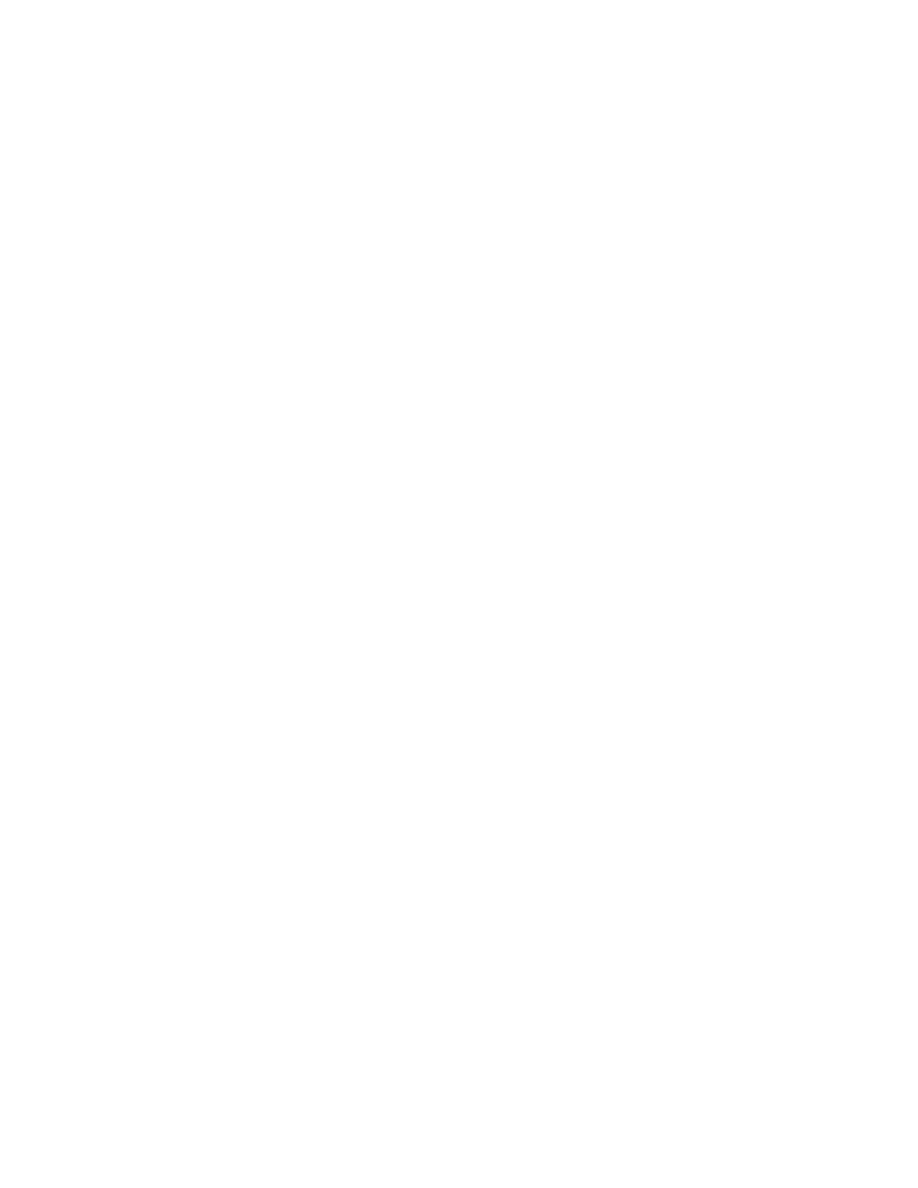
176
14 CFR Ch. I (1–1–24 Edition)
§ 121.413
(e) Flight instructors who have
reached their 65th birthday or who do
not hold an appropriate medical cer-
tificate may function as flight instruc-
tors, but may not serve as pilot
flightcrew members in operations
under this part.
(f) A flight instructor (simulator)
must accomplish the following—
(1) Fly at least two flight segments
as a required crewmember for the type
of airplane within the 12-month period
preceding the performance of any
flight instructor duty in an FFS (and
must hold a Class I or Class II medical
certificate as appropriate); or
(2) Satisfactorily complete an ap-
proved line-observation program with-
in the period prescribed by that pro-
gram preceding the performance of any
flight instructor duty in an FFS.
(g) The flight segments or line-obser-
vation program required in paragraph
(f) of this section is considered com-
pleted in the month required if com-
pleted in the calendar month before, or
the calendar month after the month in
which it is due.
[Doc. No. 28471, 61 FR 30742, June 17, 1996; 61
FR 34927, July 3, 1996; 62 FR 3739, Jan. 24,
1997; Amdt. 121–264, 62 FR 23120, Apr. 28, 1997;
Amdt. 121–344, 74 FR 34235, July 15, 2009;
Amdt. 121–355, 76 FR 35104, June 16, 2011;
Amdt. 121–366, 78 FR 67837, Nov. 12, 2013;
Amdt. 121–382, 85 FR 10922, Feb. 25, 2020]
§ 121.413 Initial, transition and recur-
rent training and checking require-
ments: Check airmen (airplane),
check airmen (simulator).
(a) No certificate holder may use a
person nor may any person serve as a
check airman unless—
(1) That person has satisfactorily
completed initial or transition check
airman training; and
(2) Within the preceding 24 calendar
months that person satisfactorily con-
ducts a check or supervises operating
experience under the observation of an
FAA inspector or an aircrew des-
ignated examiner employed by the op-
erator. The observation check may be
accomplished in part or in full in an
airplane, in an FFS, or in a flight
training device.
(b) The observation check required
by paragraph (a)(2) of this section is
considered to have been completed in
the month required if completed in the
calendar month before, or the calendar
month after, the month in which it is
due.
(c) The initial ground training for
check airmen must include the fol-
lowing:
(1) Check airman duties, functions,
and responsibilities.
(2) The applicable Code of Federal
Regulations and the certificate hold-
er’s policies and procedures.
(3) The appropriate methods, proce-
dures, and techniques for conducting
the required checks.
(4) Proper evaluation of student per-
formance including the detection of—
(i) Improper and insufficient train-
ing; and
(ii) Personal characteristics of an ap-
plicant that could adversely affect
safety.
(5) The appropriate corrective action
in the case of unsatisfactory checks.
(6) The approved methods, proce-
dures, and limitations for performing
the required normal, abnormal, and
emergency procedures in the airplane.
(7) For check airmen who conduct
training or checking in an FFS or a
flight training device, the following
subjects specific to the device(s) for the
airplane type:
(i) Proper operation of the controls
and systems;
(ii) Proper operation of environ-
mental and fault panels;
(iii) Data and motion limitations of
simulation; and
(iv) The minimum airplane simulator
equipment required by this part or part
60 of this chapter, for each maneuver
and procedure completed in an FFS or
a flight training device.
(d) The transition ground training for
check airmen must include the fol-
lowing:
(1) The approved methods, proce-
dures, and limitations for performing
the required normal, abnormal, and
emergency procedures applicable to the
airplane to which the check airman is
transitioning.
(2) For check airmen who conduct
training or checking in an FFS or a
flight training device, the following
subjects specific to the device(s) for the
airplane type to which the check air-
man is transitioning:
